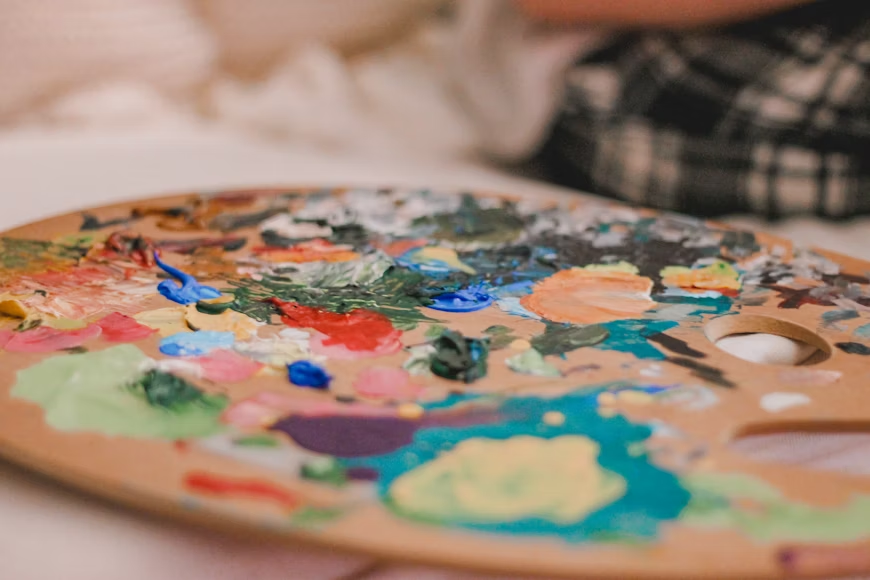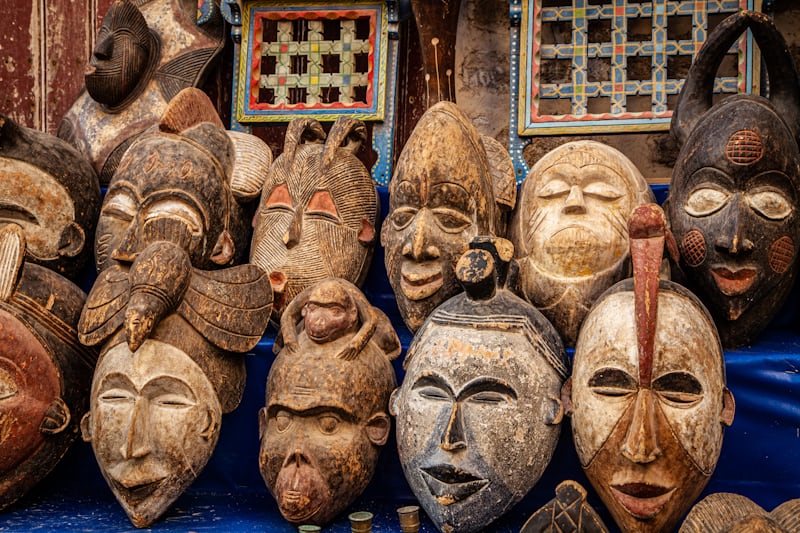Introduction
Every cultural shift produces its own kind of art. The Renaissance had oil painting, the Industrial Age had photography, and the digital age has produced something altogether more unruly: an explosion of creativity that doesn’t fit neatly into any museum wing. Screens are our canvases, algorithms are our brushes, and millions of people who never would have called themselves artists are suddenly creating daily. We are living in what many call the Digital Renaissance, a period in which art is not just changing its medium but also its meaning, its ownership, and its audience. To understand this moment, we must look at the long dance between art and technology, and how today’s innovations are rewriting the relationship between artists and the world.
From Stone to Screen: A Historical Arc
Art has always been shaped by technology. The earliest cave painters crushed minerals to make pigment; their discovery of firelight let them see their paintings flicker with movement on uneven walls. Centuries later, the invention of perspective in Renaissance Italy made paintings feel alive, drawing viewers into another dimension. The camera obscura changed how we saw reality, leading directly to photography. Each new tool didn’t kill old art forms but layered upon them, expanding what was possible. Today’s digital revolution is part of this same arc: not a rupture but an acceleration, compressing centuries of change into a few decades.
The Internet as a Global Studio
When the internet became mainstream, it dissolved geography. A graffiti artist in São Paulo could upload a mural and inspire a student in Seoul within minutes. Communities that once needed galleries and gatekeepers began thriving online. Platforms like DeviantArt in the early 2000s created global networks of amateurs and professionals, erasing the old boundary between those who were “inside” the art world and those peering through the glass. Social media accelerated this shift. Instagram turned everyone into a curator of their own visual gallery. TikTok transformed process into performance, letting audiences watch not only finished works but the intimate act of creation itself. In this global studio, feedback is immediate, virality is unpredictable, and visibility can change an unknown creator’s life overnight.
The Rise of Digital Tools
Technology hasn’t just given artists platforms—it has given them new tools. Photoshop turned manipulation into an art form in its own right, enabling surreal collages that would have been impossible by hand. Tablets like the iPad Pro, paired with apps like Procreate, allow illustrators to carry entire studios in their backpacks. 3D modeling software lets sculptors create virtual objects that can be printed, animated, or embedded in games. Even coding itself has become a medium: generative artists use algorithms to produce patterns, landscapes, and forms that evolve beyond human imagination. The canvas has multiplied, becoming as much about code and screen as it is about paint and paper.
When Art Meets Artificial Intelligence
Artificial intelligence has opened a controversial frontier. Programs that generate images from text prompts—once the stuff of science fiction—now flood timelines with AI-created portraits, landscapes, and hybrid dreams. Some see this as theft, since algorithms are trained on vast datasets of existing works. Others see it as evolution, a new collaboration between human intention and machine execution. What cannot be denied is that AI changes the rhythm of creativity. It allows for speed, for iteration, for the kind of experimentation that once took weeks to now unfold in seconds. But it also forces us to ask: if anyone can generate a painting with a sentence, what makes the work of an artist different? Perhaps, as history shows, it will not be the tool that defines art but the way humans use it to say something about themselves.
Ownership in the Age of NFTs
One of the great puzzles of digital art has always been ownership. How can something infinitely reproducible—an image, a video, a file—be unique? The arrival of NFTs (non-fungible tokens) offered one answer. By embedding digital artworks into blockchain technology, creators could sell verifiable originals, no matter how many copies circulated online. Overnight, some digital artists became millionaires, and collectors who once ignored digital files began paying attention. The frenzy revealed a deep hunger for authenticity in a world of endless duplication. But it also revealed contradictions: ecological concerns about blockchain’s energy use, speculative bubbles that treated art as currency rather than culture, and ethical questions about what people were really buying. Even so, the NFT boom forced a wider conversation about value, originality, and ownership in the digital age.
The Audience Becomes the Artist
One of the most radical aspects of this Digital Renaissance is the collapse of boundaries between artist and audience. In interactive installations, viewers trigger sounds, shapes, or movements, becoming co-creators of the piece. In video games, players don’t just consume a narrative—they navigate it, shaping outcomes and experiences that differ from person to person. On social media, audiences remix, duet, or meme original works, creating layers of commentary that sometimes surpass the source material in cultural reach. This participatory culture echoes older folk traditions where stories were retold, reshaped, and owned by no single author. In a sense, digital technology has returned art to its communal roots while pushing it onto global stages.
Art in a World of Attention
But with opportunity comes challenge. In the digital landscape, attention is the scarcest resource. Algorithms reward works that are quick to digest, instantly striking, and easily shareable. This creates pressure for artists to produce content rather than art, to optimize for feeds rather than depth. Some adapt, finding ways to smuggle nuance into formats designed for speed. Others resist, retreating into slower practices or hybrid models where physical exhibitions balance digital reach. The tension between visibility and integrity is one of the defining struggles of this new age: how to remain true to an artistic vision while surviving in ecosystems ruled by metrics and clicks.
Global Voices and New Frontiers
Perhaps the most hopeful aspect of the Digital Renaissance is the way it amplifies voices once excluded from traditional art institutions. Artists from regions historically overlooked by the Western art market now reach global audiences without needing gallery validation. A painter in Nairobi can sell directly to collectors in New York. A collective in Manila can launch digital zines that circulate in Berlin. Marginalized communities use digital platforms not only to showcase creativity but to rewrite cultural narratives, asserting their stories on their own terms. Technology, for all its flaws, has cracked open doors once tightly guarded by elites.
Where Does It Lead?
No one knows exactly where this trajectory will end. Just as the printing press could not have predicted Instagram, today’s tools may be only the earliest glimpses of what creativity will become. Virtual reality promises entire immersive worlds as canvases. Augmented reality suggests city streets layered with invisible murals only visible through phones or glasses. AI may evolve into a true collaborator, raising as many ethical dilemmas as opportunities. What is clear is that the Digital Renaissance is not a fad but a seismic redefinition of art itself. It is messy, dazzling, exploitative, liberating, and contradictory—just like every artistic revolution before it. In this sense, we are not departing from history but continuing it, with new tools and old impulses: to express, to connect, to remember, to imagine.
As we scroll, swipe, and share, we are also living inside the galleries of tomorrow. The question is not whether art will survive this transformation. It always does. The question is how we, as creators and audiences, will choose to shape it. The answer is unfolding right now, pixel by pixel, post by post, in a world where every screen holds the potential for a masterpiece.

